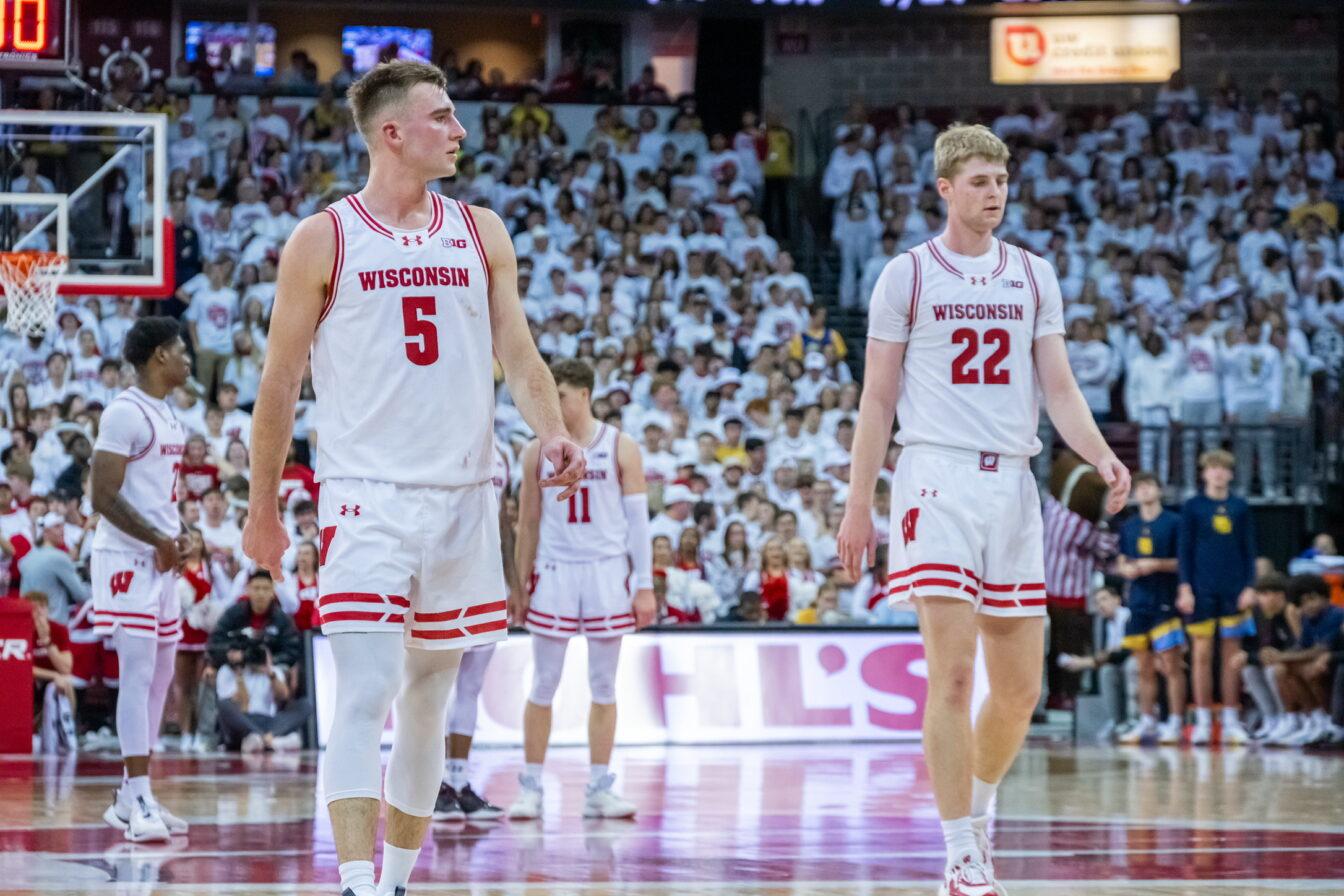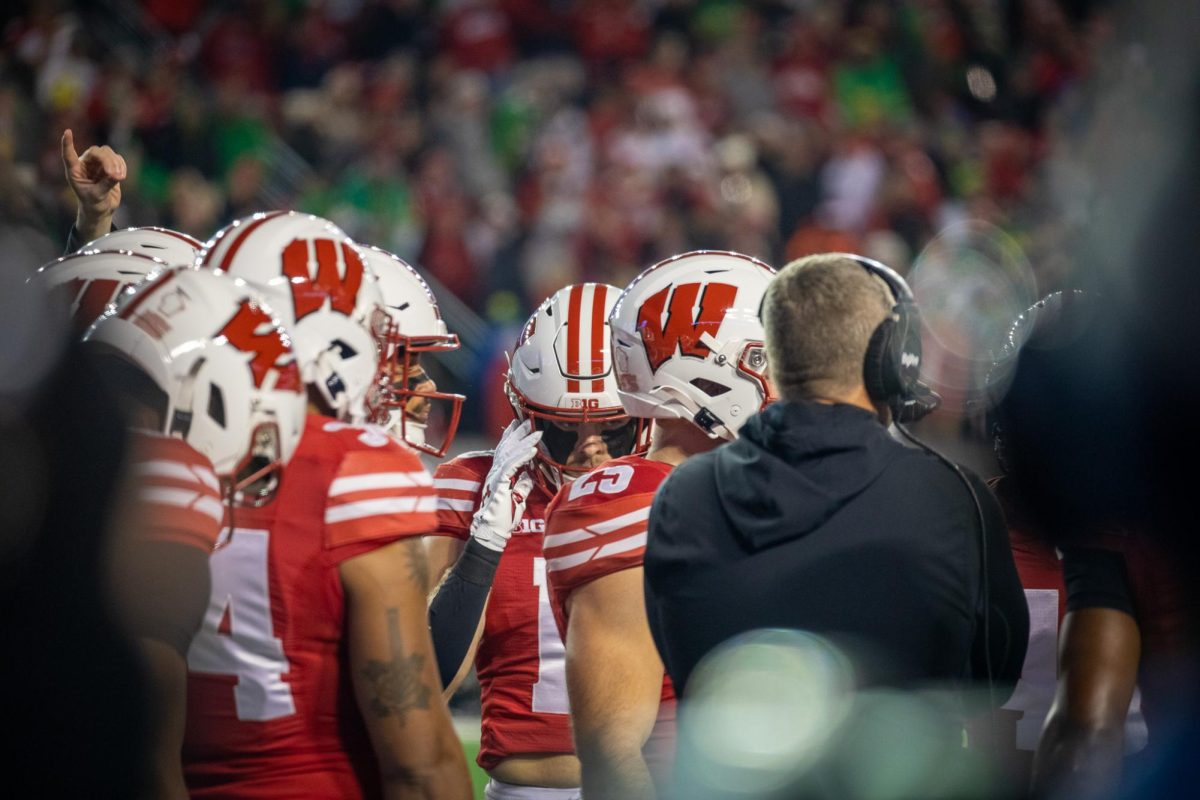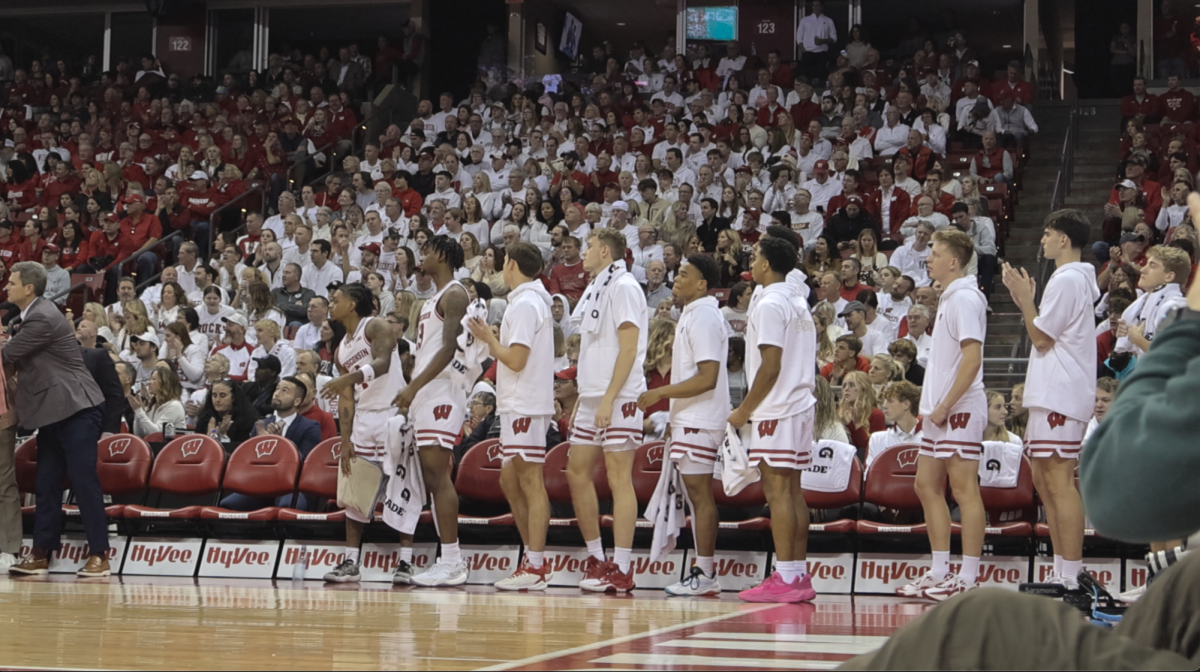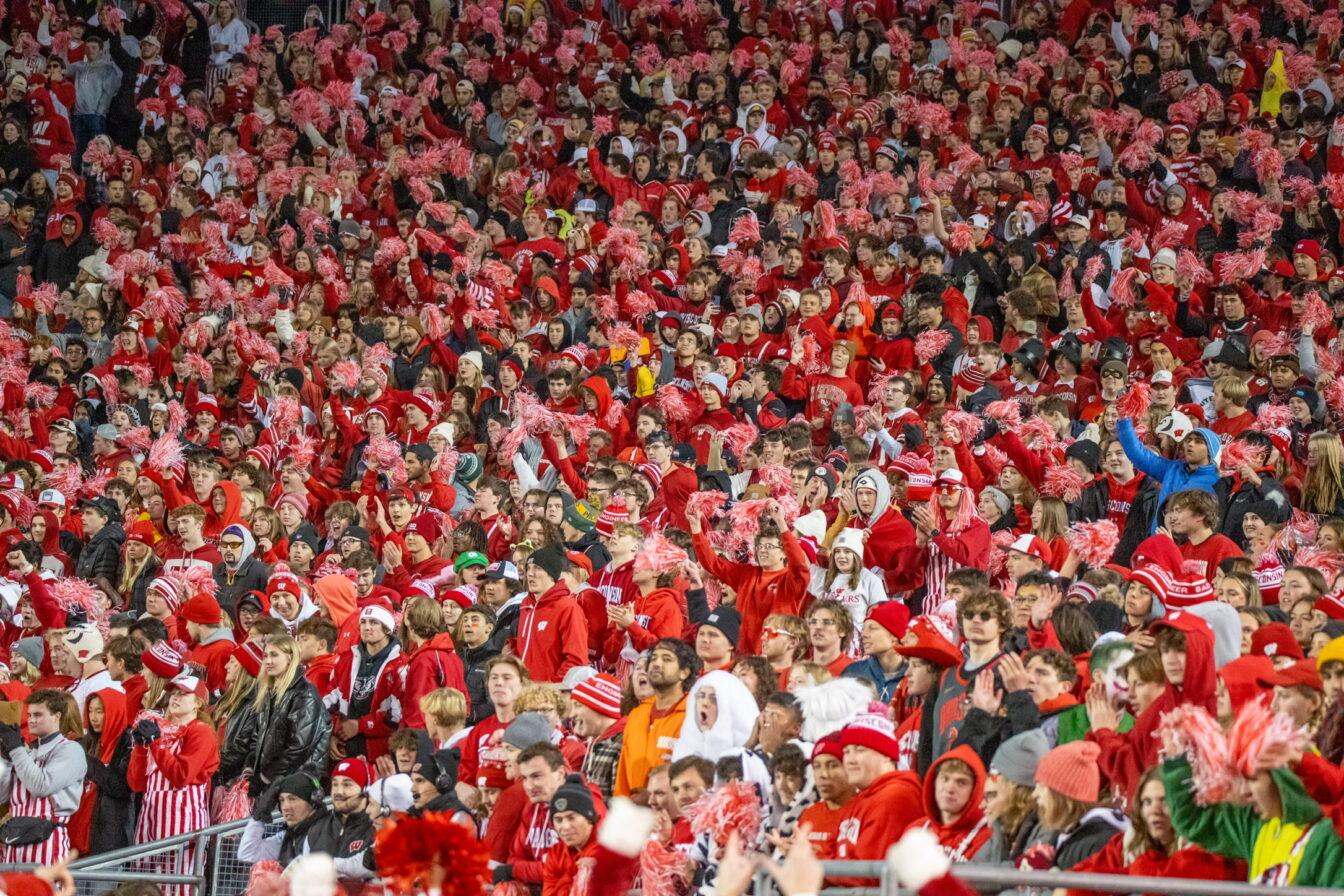After being forced to sit out the entire 2002 season with a knee injury, it is likely that nobody on this year’s Wisconsin roster is more pleased to be on the field than senior Lee Evans.
After all, the Badgers’ standout wide receiver has worked himself back into the lineup after not one but two major knee surgeries and is on pace to become the school’s all-time career leader in both receptions and touchdown catches.
However, if there is one game this season in which Evans feels less excited to play in than any other, it would probably be Wisconsin’s Nov. 8 matchup with the Minnesota Gophers.
“It’s definitely going to be a transition once we go up to Minnesota and get back on that treacherous stuff,” Evans said.
The “treacherous stuff” Evans is referring to is the Metrodome’s Astroturf playing field, a surface that is becoming more obsolete by the day.
FieldTurf, the softer artificial-grass alternative to Astroturf, has been installed by 19 different Division 1-A college football programs in the past four years, including Wisconsin and Michigan, and has become the surface of choice for a number of athletes.
“I like [FieldTurf] a lot better,” UW safety Jim Leonhard said. “It’s a lot nicer to fall on; you don’t get the turf burns, the knee burns … it’s not quite as fast as the old turf we had here, but I’m starting to live with that.”
Leonhard is such a strong advocate of FieldTurf that he actually prefers the revolutionary surface to natural grass.
“I like this FieldTurf a lot better because it’s more consistent than real grass,” Leonhard said. “I mean, you always know what you’re going to get … it’s easier to plant on … you know it’ll consistently be under you.”
Since the implementation of artificial turf, players have, among other things, criticized the surface’s lack of traction under rainy, wet conditions.
In UW’s Saturday matchup with UNLV, a slight drizzle steadily trickled throughout the game. Unlike artificial field conditions of the past, the FieldTurf held up rather well according to Wisconsin quarterback, Jim Sorgi.
“I mean the field held up,” Sorgi said. “Most of the time, the little rubber pellets they got on there settled down. You got them all over you when you fell. But the field held up well, held the water well. I didn’t think it was too bad out there … the footing was a lot better, I think, on a day like today on this new turf than it would have been on the old turf.”
Lee Evans, like Sorgi, felt the new surface was more than adequate Saturday.
“[The FieldTurf] held up very well. It was a much better surface than the old surface would have been. I wore the same shoes I wore during any other game, you know, when it’s dry. I didn’t have to change shoes,” Evans said. “It wasn’t terribly patchy with puddles; the field drained really well, and we were able to get good traction on it, good footing on it … I didn’t slip at all. And coming in and out of breaks, I felt confident and strong going through them, not a little hesitant that the footing was going to give.”
As well received as FieldTurf has been, many athletes, including Sorgi and Evans, feel that nothing will ever be able to replace natural grass.
“I mean I like the FieldTurf a lot, but natural grass would be opportune,” Sorgi said. “I love playing on grass, but you know I like playing on the FieldTurf also. It’s just like playing on grass; it’s just that instead of dirt, you’ve got little rubber pellets.”
“Any day I would rather play on grass than an artificial surface,” Evans added. “But I mean as well as this held up … some grass fields probably wouldn’t have held up this well, you know. But any day I would rather play on grass.”
Regardless of what surface the game of football is played on, though, players are still going to get hurt. Badgers’ star tailback Anthony Davis has already sustained injuries while playing on FieldTurf. For now, however, it seems that FieldTurf is the best artificial alternative to AstroTurf.







